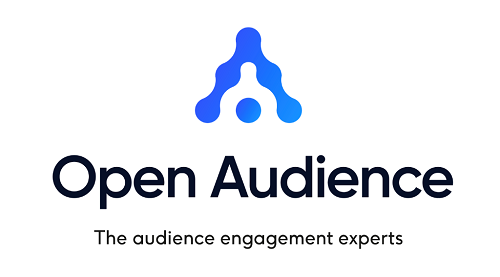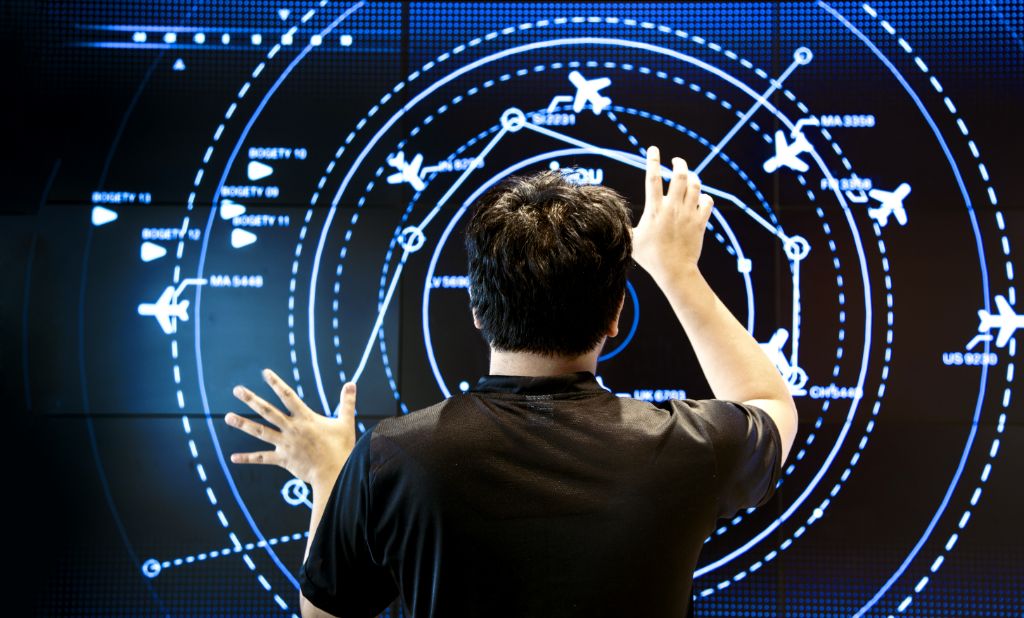By Leslie Robertson, CEO and founder of Open Audience, explains how the company create accessible and engaging virtual events.
Everyone talks about the ‘new normal’, but it seems it’s constantly changing, so we must stay light on our feet and keep moving forward.
I was recently listening to Four Thought on Radio 4 and CIO of McCann Truth Central, Laura Simpson, was sharing her views on how the world of virtual events has helped to equalise audience engagement and it got me thinking. What does equalise mean in this context?
Benefits of virtual
First and foremost, there are fewer barriers to attending a virtual event – like travel challenges, cost, too much time out of the office, not senior enough to attend, or avoiding Covid-19. The virtual world is more accessible than live. Leaders are more aware of this and are starting to up their game with a more inclusive approach to communications.
At a virtual event, everybody’s visible (camera or no camera) and you don’t have to reach the people ‘at the back of the room’. The latest research indicates people really do like virtual events, mainly because they take up less of the working day to attend, and it’s easier for shy eventprofs to get involved. In a virtual meeting, it’s also easy to share votes and pop opinions in a chat box or ask a question by putting up a ‘little yellow hand’ without feeling the eyes of the world upon you.
The other levelling factor is being able to peep into people’s private lives and gain a better understanding of the humanity behind ‘the role’ and the calamities that can befall all of us when we are ‘in a meeting’ online. We have all seen cats sitting on keyboards, toddlers asking for a biscuit, the delivery man ringing the doorbell and the dog barking. Who hasn’t had troubles ‘jumping on’ to a virtual meeting because of home tech problems?

Objectives first, technology later
As the CEO of an audience engagement company, I can tell you we have learned a lot from the ‘virtues of virtual’. We are even more adaptable and responsive, and really do focus on creating accessible, engaging environments where it’s easy for people to interact and contribute.
But it doesn’t happen by accident. When we get a brief, we don’t ‘talk tech’ first, we talk about objectives, who the audience are and what the barriers are to interaction i.e.: language, time zones, seniority etc. We spend a lot of time on agenda design and communication flow to maximise engagement, and sometimes it can feel a bit like being an air traffic controller.
We create a flight plan. We check everyone in, we deliver the pre-flight briefing and lift everyone up in the air at take-off and we keep them on a well-crafted and pre-filed flight path – checking where everyone is at various stages. We constantly exchange information and schedule twists and turns to stop people colliding whilst we keep them moving toward a destination.
We try to bring them safely into land when they want to share their thoughts and input, then we log, collate and analyse all the information and ultimately help them plan a connecting flight to another exciting destination.
It’s made me realise that every event is a journey, and the aim is to arrive safely having enjoyed your flight.

Call Leslie for a chat on +44 (0) 7766 504028 or email him at Leslie.robertson@openaudience.com. Www.openaudience.com



















